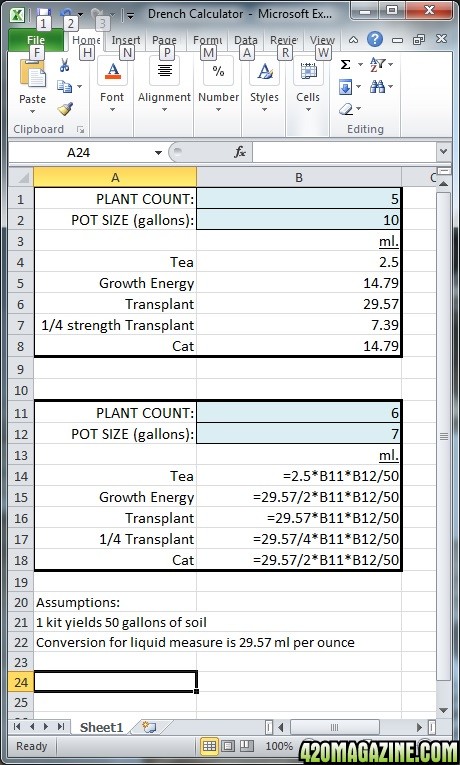you get my vote! 

How To Use Progressive Web App aka PWA On 420 Magazine Forum
Note: This feature may not be available in some browsers.

 just curious...maybe its my Golden Tiger stimulating questions.
just curious...maybe its my Golden Tiger stimulating questions. 
anyone notice a difference with shape of pot and quality of grow? Same volume of pot...i think I notice my square pots grow nicer plants.just curious...maybe its my Golden Tiger stimulating questions.

I was thinking about this earlier this morning and it made me want to grow a menorah shaped plant in a long trough. The symmetry of that idea appealed to my artistic mind. Two fans (roots and menorah buds) separating from a central trunk like a reverse capillary bed. Several of them could be stacked next to one another creating a corn row like grow. iT was a beautiful daydream.The growth up top will mirror the shape of the roots. Tall, thin container=tall plant without much side branching. Short, shallow and wide container=short, bushy plant.
I've not noticed much difference between round and rectangular, but the overall shape of the soil has a big influence.
anyone notice a difference with shape of pot and quality of grow? Same volume of pot...i think I notice my square pots grow nicer plants.just curious...maybe its my Golden Tiger stimulating questions.

 Cant wait !!!
Cant wait !!!Golden Tiger !!Cant wait !!!
I seem to notice that the fabric round pots grow much better than the plastic round ones.

Doc, what don't you like about Cal-Mag?
I was thinking about this earlier this morning and it made me want to grow a menorah shaped plant in a long trough. The symmetry of that idea appealed to my artistic mind. Two fans (roots and menorah buds) separating from a central trunk like a reverse capillary bed. Several of them could be stacked next to one another creating a corn row like grow. iT was a beautiful daydream.
Maybe someday I will try that but I am stoked that my 10 gallon fabric pots are coming and my soil is cooking. I have four Rubbermaid full and stacked with kit soil. There is a foam pad on the floor. Do I need to unstack them so the lid is less tight? Or will the air already inside be sufficient.

Thank you Doc, great Cal-Mag explanation.
Just getting this out in the open.
1. How much of the amendment should we use for a 2.8 cubic foot/79 liter uncompressed bag of ProMix HP?
I started my soil cooking process on the 7th of October using:
A) 214 grams of the provided 610 grams of amendment.
B) 19.5 pounds of earthworm castings
C) about 4 gallons of water.
I concur, Doc. If you don't mind me asking, do your plants ever show potassium deficiencies?
I ask because K is almost nowhere to be found in your foliar sprays and drenches (except maybe the "humic acid" in the Tea). I know we want a high Calcium-Potassium ratio, but potassium in the gardening books I've read is right up there with N and P, hence the NPK labels. Why not have N-P-Ca labels instead?

Also potassium competes in soil with calcium through the same cation channels, and is uptaken quicker by the plant, so you'll never see big improvement in Brix department if potassium levels are high. Calcium improves taste big time, checked
Drench Calculator:

The quoted picture above is well worth being reposted, for anyone just that is starting out and hasn't, yet, read the entire thread.
For anyone seeking to recreate the spreadsheet calculator above. When entering the formulas shown use "B1*B2/50" instead of what is shown. Using b1*b2/50 allows for one table rather than two. The second table in the picture is to show the duplicated formula for rows b11 and b12.
The original posting of the Drench Calculator originally developed by Major PITA
